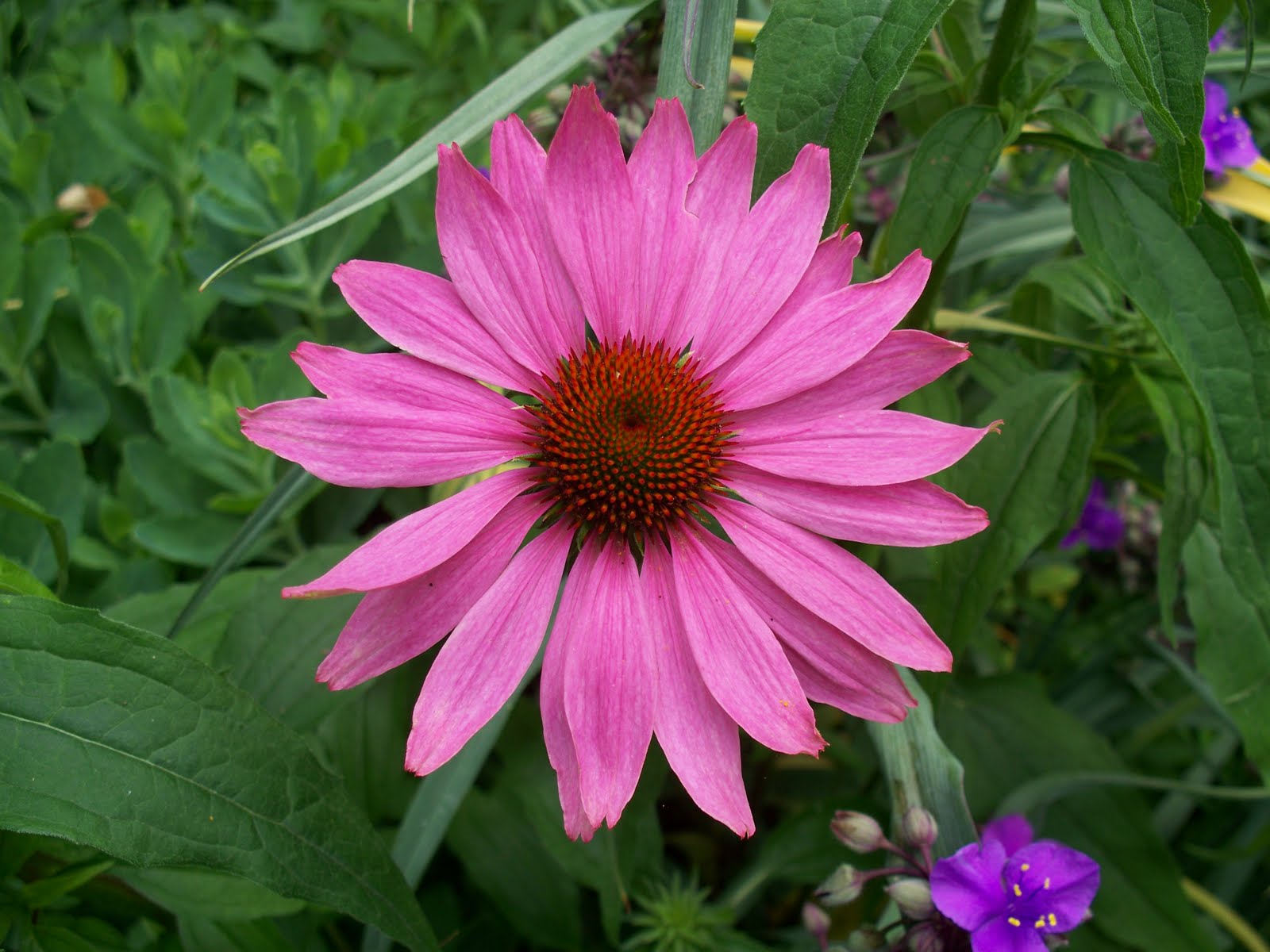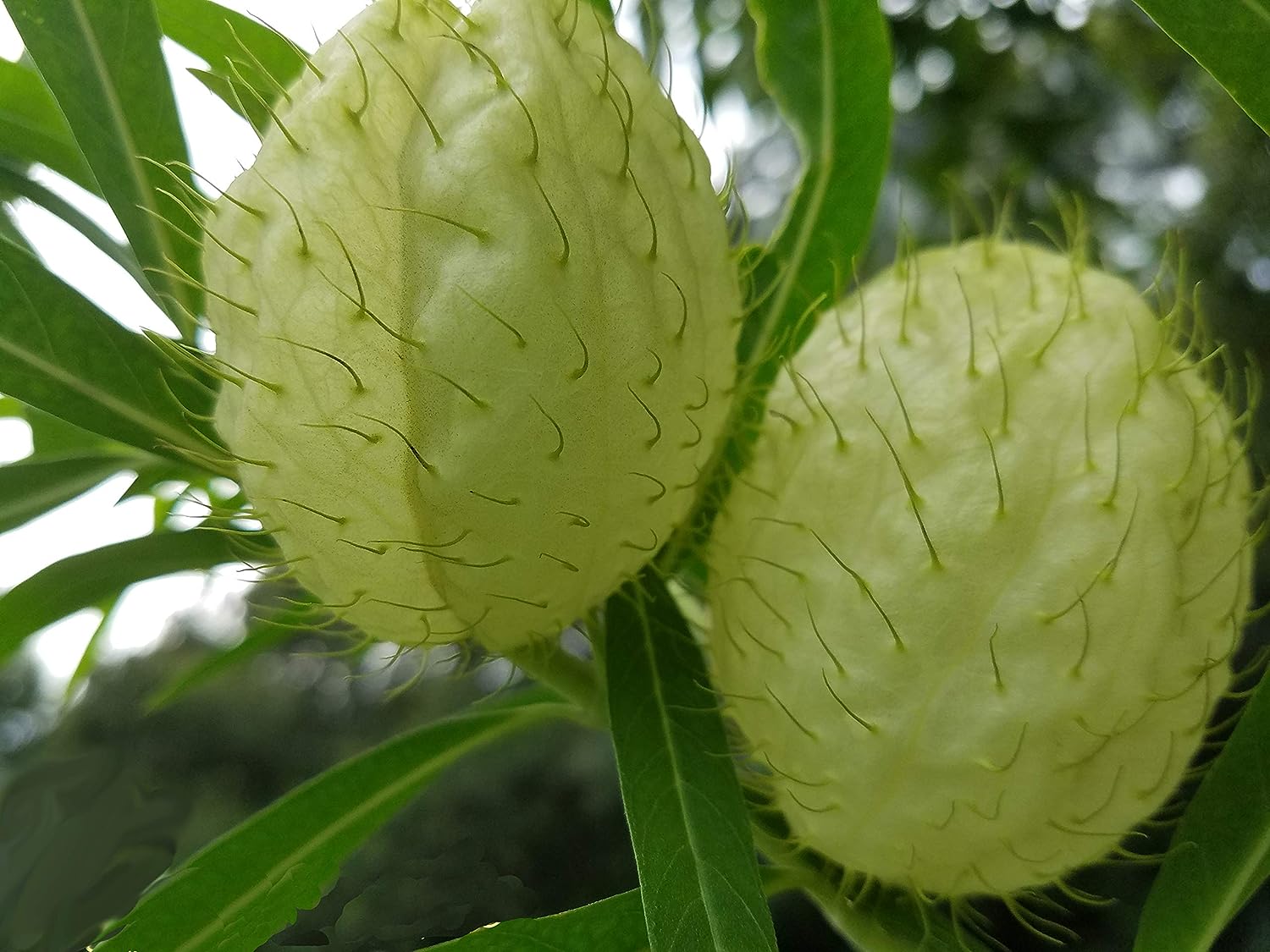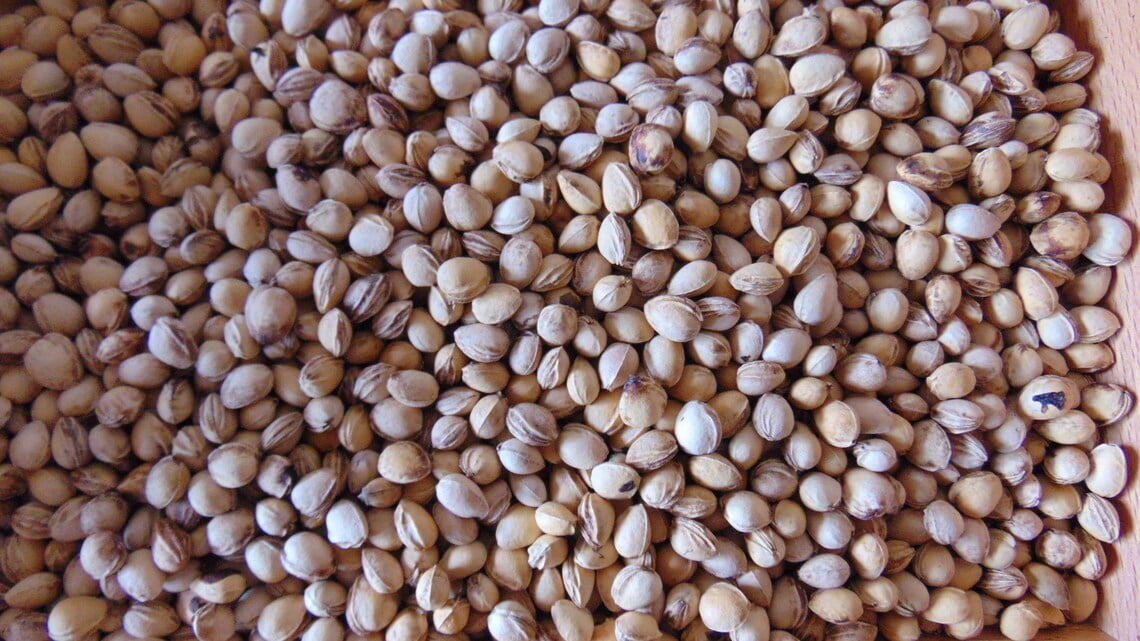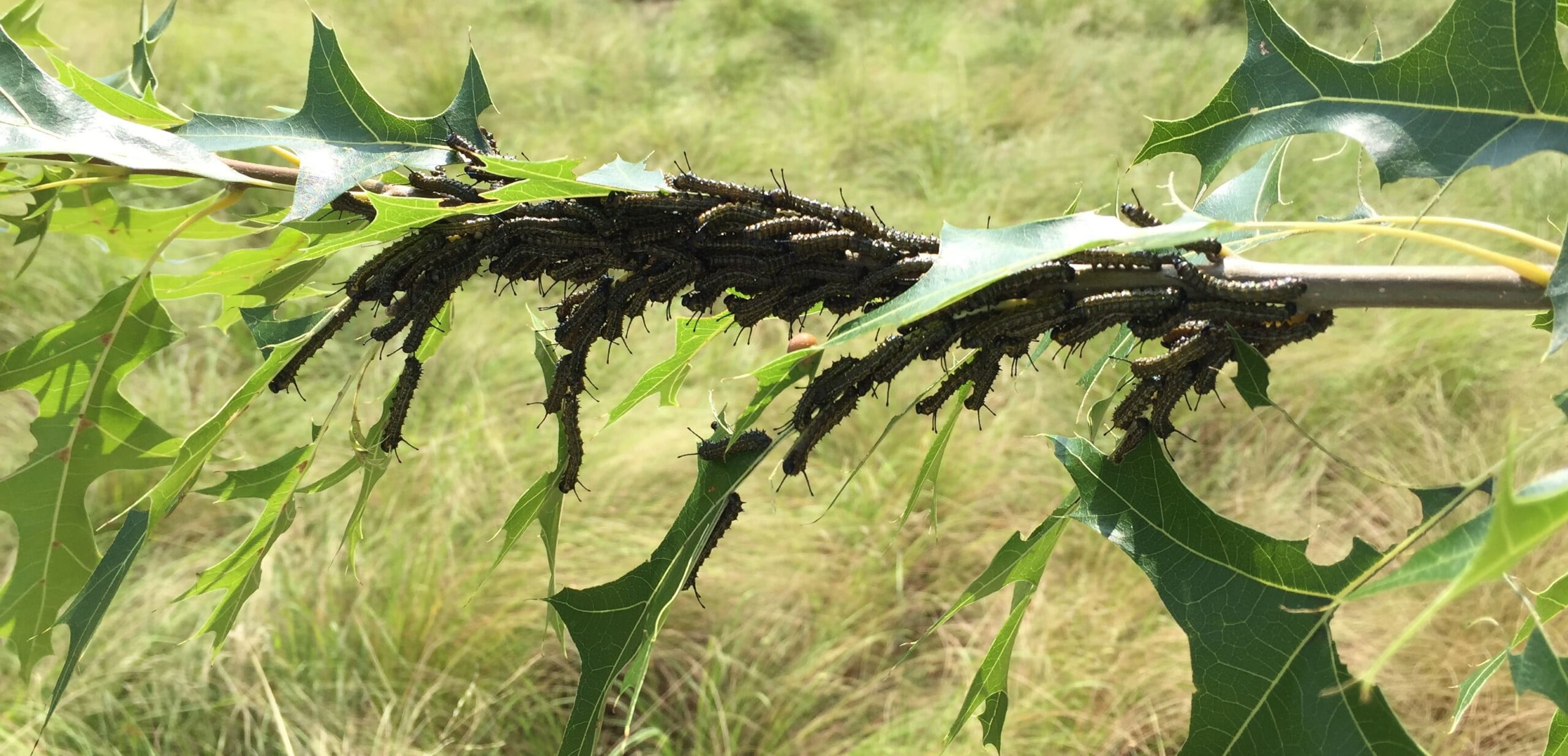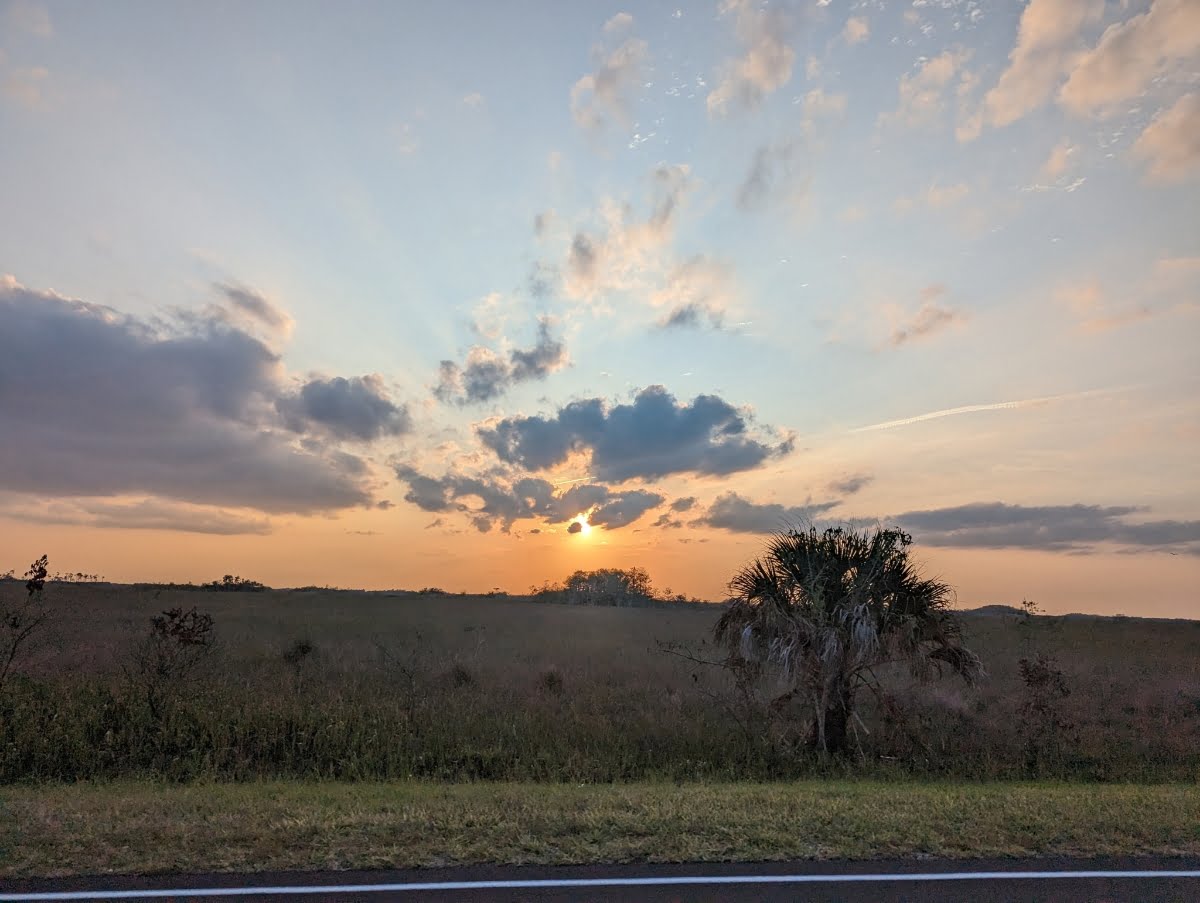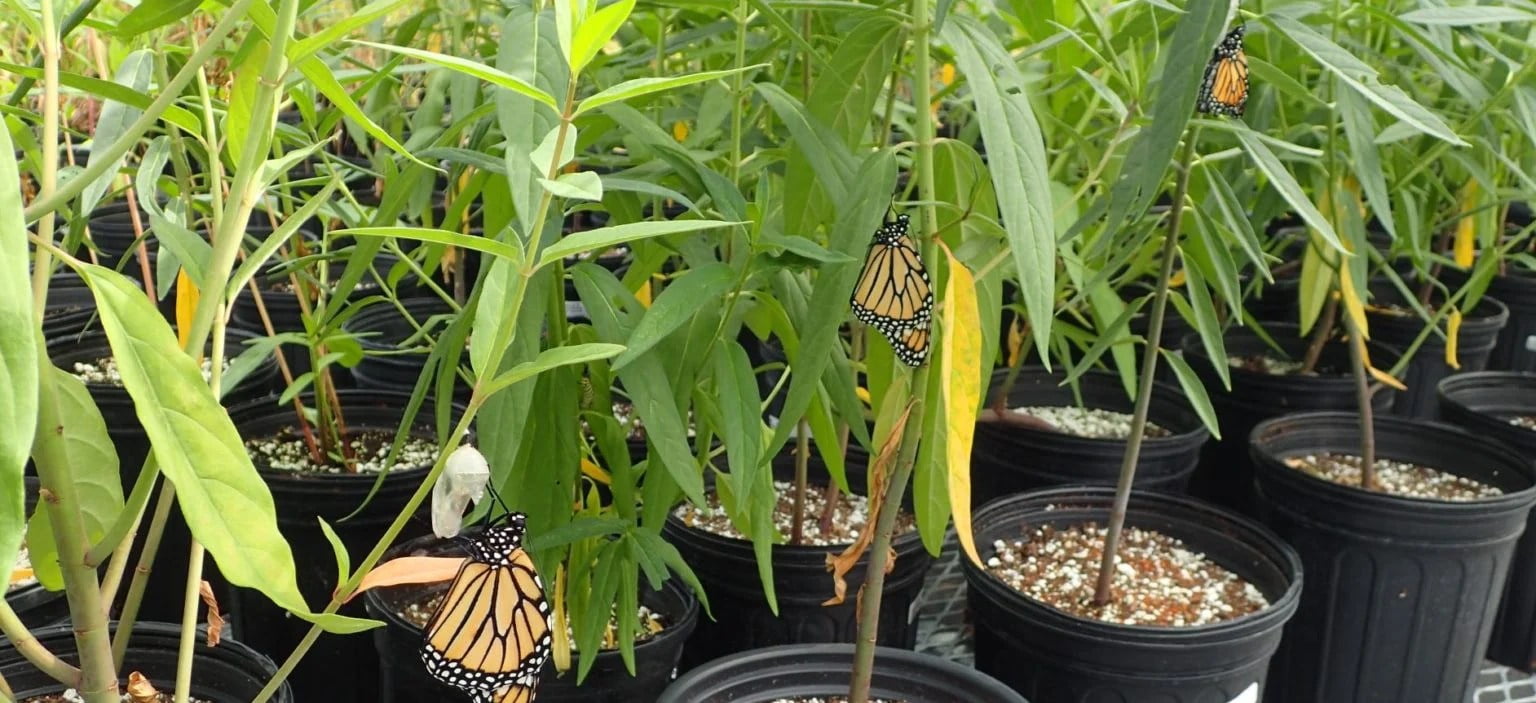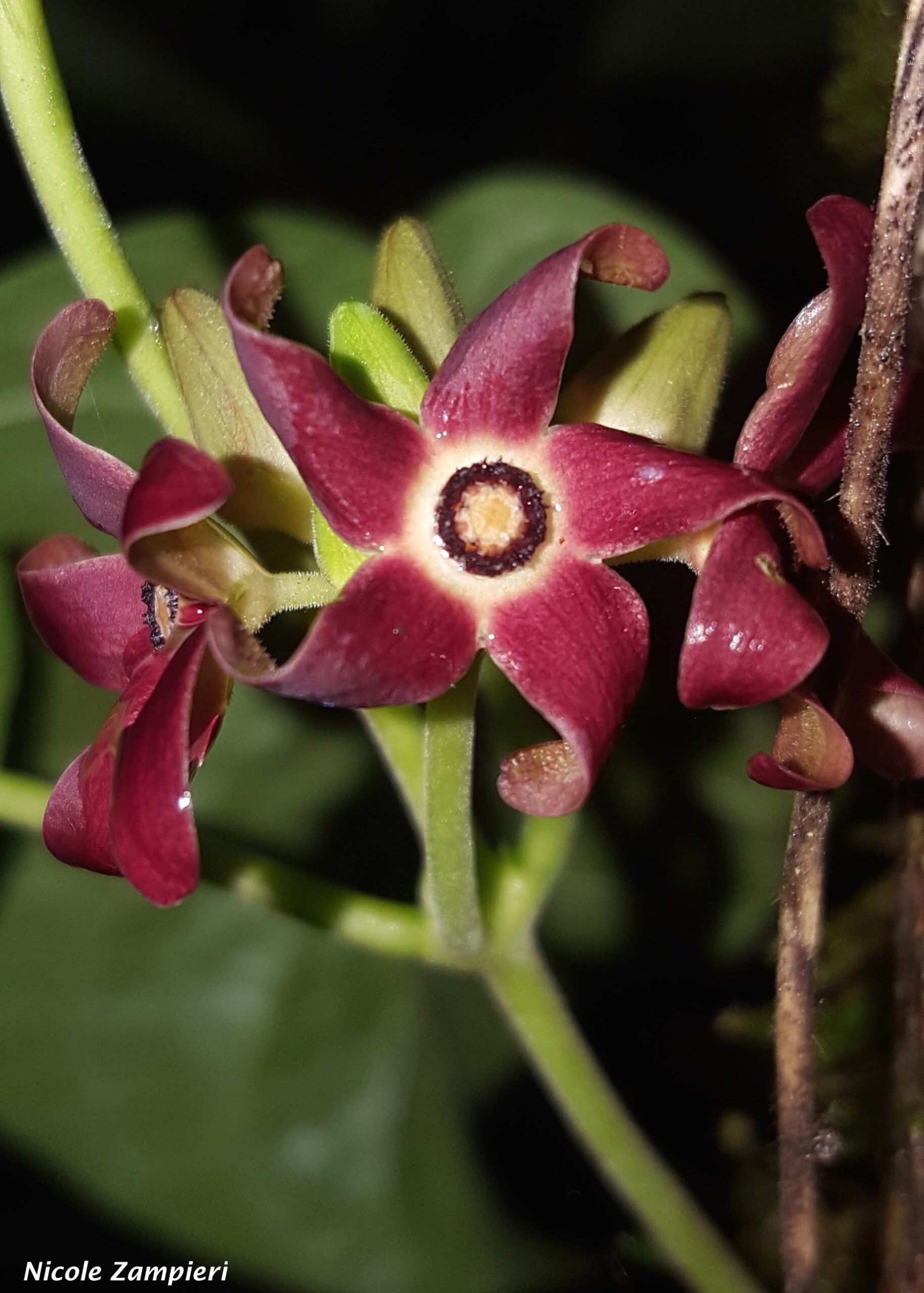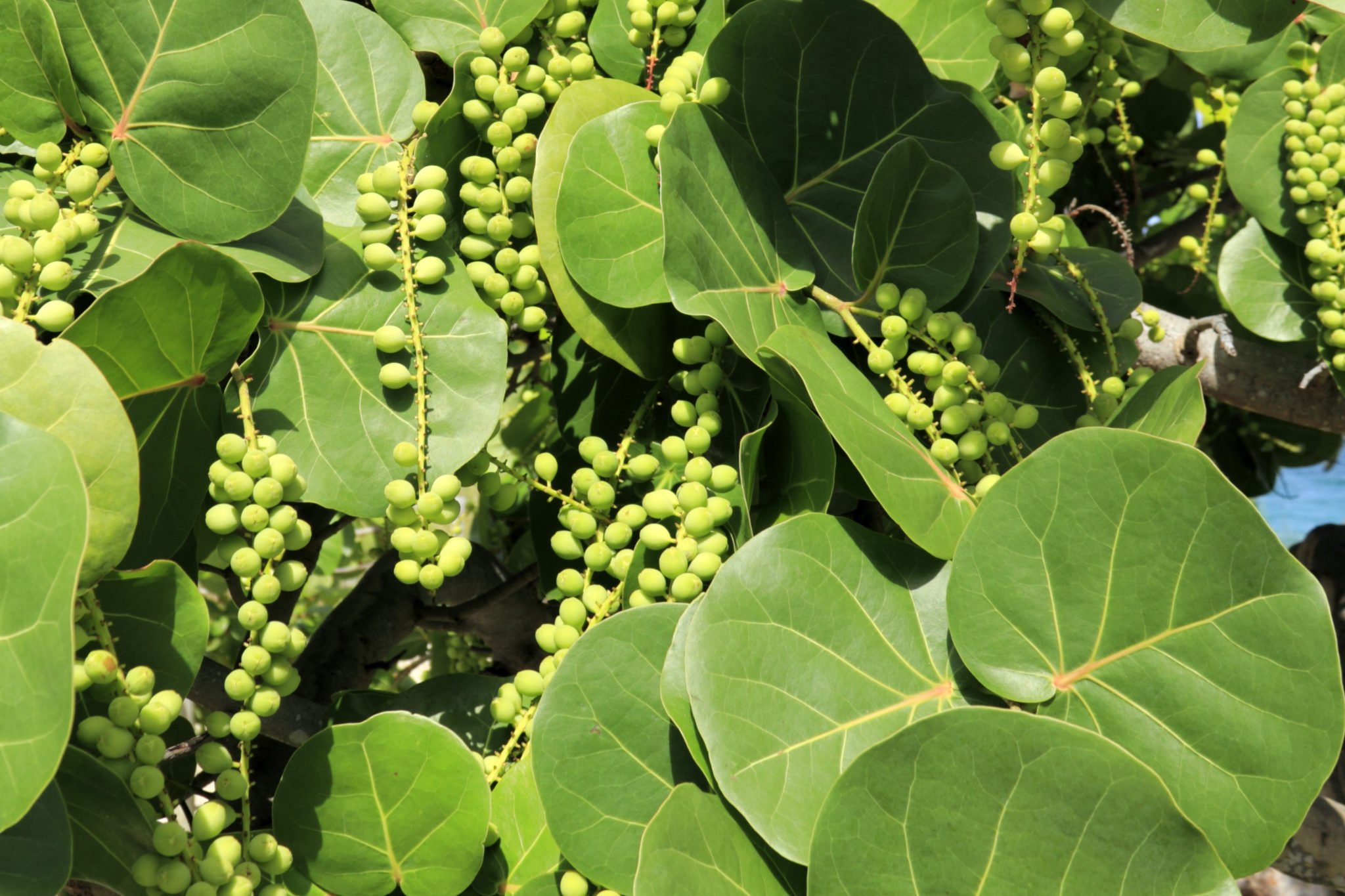The Purple Coneflower, scientifically known as Echinacea purpurea, is a captivating native perennial that adds a splash of color to any garden while also serving as a critical plant for Florida ecology
Gardening
Hairy Balls Found Down Under!! The Milkweed That’s a Butterfly Magnet
Hairy Balls are more than just a conversation starter; they’re a butterfly haven and a testament to the weird and wonderful world of flora. Whether you’re in the southern U.S., northern Mexico, or Australia, this plant offers something for everyone—both in laughs and ecological benefits.
Hard or Dormant Seeds
Hard or dormant seeds are seeds that do not readily germinate under optimal conditions that would otherwise be favorable for the germination of non-dormant seeds of the same species. This dormancy acts as a survival mechanism for the plant, ensuring that the seeds don’t all germinate at once, especially under […]
Oaks (Quercus): The Cornerstone of North American Lepidopteran Life
n North America, Oaks (genus Quercus) stand tall not just in stature, but also in their unparalleled role as larval host plants.
Florida Native Palm Trees: Unsung Heroes for Butterfly and Moth Larvae
Florida’s native palms play a crucial role in the state’s ecological balance, especially as larval hosts for several butterfly and moth species.
Growing Swamp Milkweed in Containers or Raised Beds
Growing Asclepias incarnata in containers or raised beds offers a flexible solution for gardeners with limited space or those wanting to control soil quality. Here’s a guide to successfully cultivating Swamp Milkweed in such settings.
Florida Milkvine (Matelea floridana): A Jewel in the Butterfly Garden
Embracing the Florida Milkvine and other native plants is a step towards a more sustainable, biodiverse, and beautiful Florida.
Sea Grapes in Butterfly Gardens: Ecological Jewels of the Florida Coastline
Here’s a dive into the many ways Sea Grapes enhance butterfly gardens in coastal regions of the U.S. southeast.
